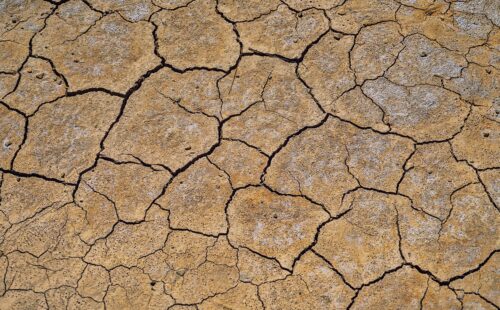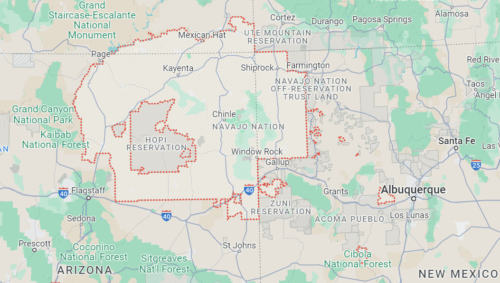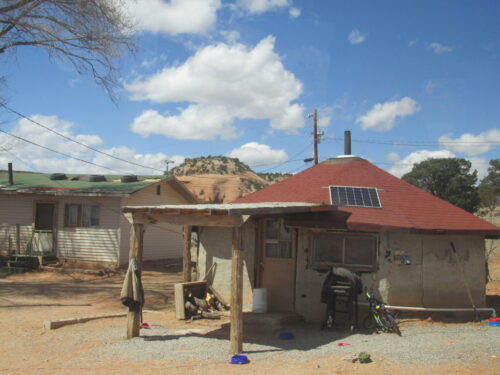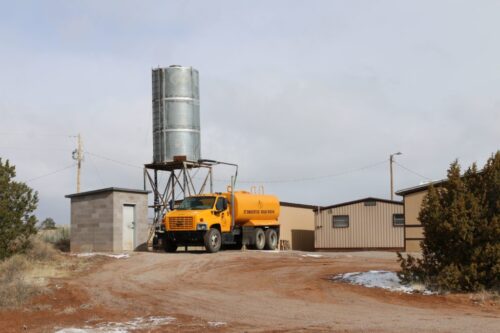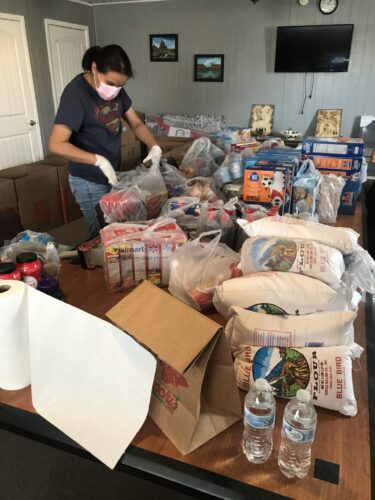How The Navajo Nation Became One Of America’s Largest Reservations
Today, the Navajo Nation spans more than 27,000 square miles, making it the largest Native American reservation in the country. Navajo lands span the states of Arizona, New Mexico, and Utah in an area approximately the size of West Virginia. Additionally, the reservation has a population of about 250,000 people, comparable to the cities of St. Petersburg, FL & Jersey City, NJ.
Despite living on one of the largest Native American reservations in the United States, many in the Navajo community continue to grapple with the stark truth that their present territory is merely a small portion of the vast expanses they historically governed.
After the Mexican-American War ended in 1848, the United States government claimed control of Navajo ancestral lands. Years of tension and fighting between Navajo groups and the U.S. Army followed.
Then, in 1864, U.S. forces under the command of Major General James H. Carleton, guided by renowned mountain man Kit Carlson, launched a full-scale assault against the Navajo people. Ultimately, these actions would lead to what is today known as “The Long Walk,” the forced relocation of thousands of Navajo people in eastern Arizona and western New Mexico to Bosque Redondo, an internment camp in Fort Sumner, NM. After 4 years of imprisonment, famine, and misery, Navajo leaders signed the 1868 Treaty. This is one of the few instances where the U.S. government permitted a tribe to return to their traditional homeland.
In the aftermath of the tragic Long Walk and internment at Bosque Redondo, the previously fragmented Navajo tribe resolved to strengthen their identity as one Diné (Navajo) people. By uniting their sprawling territories, the Navajo people formed one of the largest Native American reservations in the United States today.
